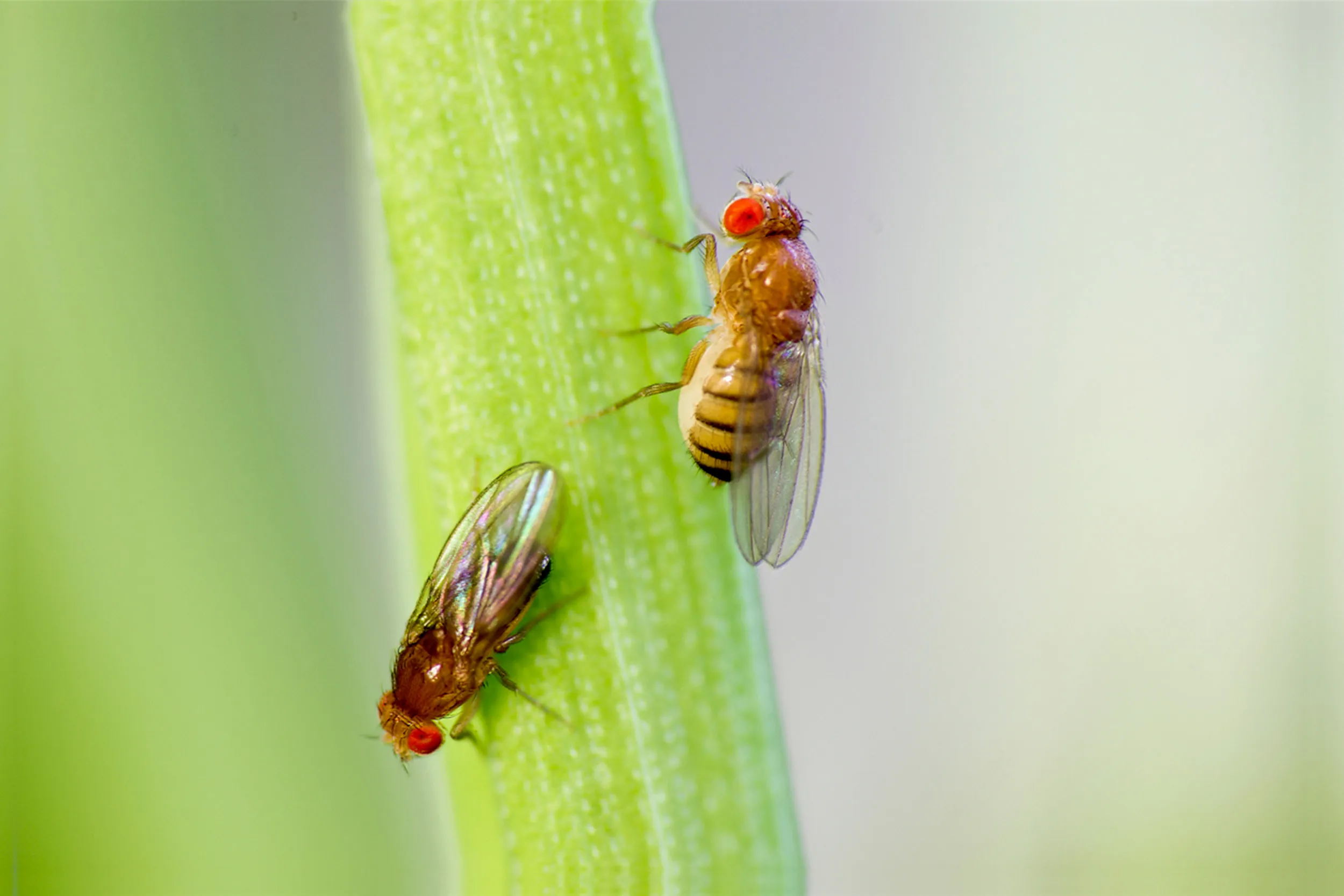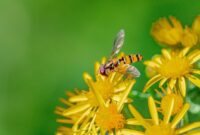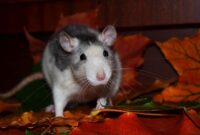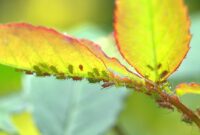Get Rid of Fruit Flies – Fruit flies, Drosophila melanogaster, are tiny pests that can become a big nuisance, especially in kitchens and areas where fresh produce is stored. Although they seem harmless, fruit flies can contaminate food and spread bacteria.
They thrive in warm environments, particularly around ripe or rotting fruits and vegetables.
Understanding the biology, behavior, and effective strategies to get rid of them requires a multi-dimensional approach that includes prevention, trapping, and extermination.
Understanding Fruit Fly Behavior
Fruit flies are attracted to fermentation, making fruits, vegetables, and even damp areas with food residue their favorite spots.
They have a rapid reproductive cycle, which means even a small infestation can grow quickly.
A female fruit fly can lay up to 500 eggs at a time, and the eggs hatch within 24 to 30 hours under ideal conditions.
Their ability to breed in tiny amounts of liquid—such as a few drops of fruit juice—makes them especially resilient.
Prevention Methods: The First Line of Defense
From a prevention perspective, the best way to handle fruit flies is to stop them before they start breeding. This requires strict cleanliness and proper storage of food.
- Proper Storage of Produce: Keeping fruits and vegetables in sealed containers or refrigerating them can dramatically reduce the chances of attracting fruit flies. While refrigeration slows down fruit ripening, it also keeps the fruit flies away.
- Regular Cleaning: A thorough and consistent cleaning regimen is crucial. Pay attention to areas that often go unnoticed, like drains, garbage disposals, or areas under kitchen appliances where organic debris might accumulate. Fruit flies are also known to breed in damp mops, trash cans, or recycling bins. Using bleach or specialized cleaners can help remove residues that attract these pests.
- Eliminate Moisture: Fruit flies are drawn to moist environments. It’s important to wipe up spills quickly, and avoid leaving dirty dishes or standing water around the kitchen. Fix any leaky faucets to avoid providing a breeding ground.
- Use of Airtight Garbage Containers: Using airtight garbage containers for food waste and regularly removing garbage prevents fruit flies from having access to food sources.
From this perspective, prevention relies on proactivity and cleanliness, which minimizes opportunities for fruit flies to settle in the first place.
Read also:
1. How to get rid of fleas in house | Easy Guide
2. how to get rid of gnats in house | Easy Guide
3. How To Get Rid Of Hoverflies
Trapping Techniques: Active Approach to Control
Despite efforts at prevention, it is common for fruit flies to still make an appearance, particularly in homes during the warmer months. Trapping offers an immediate and effective way to control a small infestation.
- DIY Traps with Vinegar: A widely known method involves creating a vinegar trap. Fruit flies are highly attracted to the smell of fermenting food, and vinegar mimics that. By placing apple cider vinegar in a bowl, covering it with plastic wrap, and poking small holes in the top, the flies can get in but not escape. This method is simple, cost-effective, and widely used.
- Wine or Beer Traps: Like vinegar, wine or beer can also be used as a bait to attract fruit flies. The flies are attracted to the sugars in these liquids, and once they enter the container, they drown. The fermentation process makes these liquids an ideal trap medium.
- Store-Bought Fruit Fly Traps: There are commercially available fruit fly traps designed to lure and trap fruit flies using non-toxic bait. These are convenient for those who prefer a ready-made solution and are often more aesthetically pleasing than homemade traps.
The trapping approach, while useful in mitigating current infestations, focuses on controlling the problem rather than addressing the root causes. It provides quick relief but should be paired with prevention techniques to achieve long-term results.
Chemical Control: A Last Resort
While some homeowners prefer natural and preventive methods, in severe cases, chemical control may be considered. This approach must be applied carefully, as it can have broader environmental and health impacts.
- Insecticides: Insecticides specifically designed for fruit flies can be used to kill them on contact. Aerosol sprays that target flying insects can be effective but may require repeated use since they don’t address the eggs laid in drains or food sources.
- Fogging Agents: For serious infestations, fogging agents can be used to kill adult fruit flies en masse. However, this method requires careful preparation, as the chemicals can also harm humans and pets. It’s often used as a last resort, particularly in commercial kitchens where food contamination could become a serious issue.
From this perspective, while chemical solutions can quickly reduce fruit fly populations, they often require caution due to potential health risks. These options should be considered secondary to non-chemical interventions unless the infestation is particularly severe.
Biological Control: A Less Common Perspective
Though less commonly discussed, biological control offers a fascinating alternative to managing fruit fly populations by introducing natural predators into the environment.
- Parasitoid Wasps: One such biological control agent is the parasitoid wasp. These tiny wasps lay their eggs inside fruit fly larvae, killing them before they can mature. Although not a widely accessible method for most homeowners, it offers an ecologically friendly solution that does not involve chemicals or traps.
- Predatory Nematodes: Another form of biological control includes using predatory nematodes, which are microscopic worms that prey on fruit fly larvae in soil or organic matter. They can help break the breeding cycle of fruit flies in places where they might lay eggs.
While not as accessible or popular as traps and sprays, biological control methods can offer long-term benefits, especially in large-scale agricultural or industrial settings. For homeowners, the application of these techniques might be less practical, but they offer a fascinating insight into natural methods of pest control.
Long-Term Perspectives: Maintaining a Fruit Fly-Free Environment
Successfully ridding your space of fruit flies involves integrating various methods and perspectives. Prevention, through proper food storage and cleanliness, remains the most effective long-term strategy. Trapping helps manage active infestations, while chemical control is reserved for more severe cases.
To maintain a fruit fly-free environment, consider:
- Routine Deep Cleaning: Regularly clean areas like drains and garbage disposals that can become breeding grounds over time.
- Composting Properly: If you compost, ensure that compost bins are well-sealed and emptied regularly to avoid attracting fruit flies.
- Monitoring Moisture Levels: Keep your kitchen dry by wiping up spills and repairing any leaks that could provide a breeding ground.
Conclusion: A Multifaceted Approach to Fruit Fly Control
Getting rid of fruit flies requires a combination of proactive prevention, immediate control through traps, and, if necessary, chemical or biological interventions. By understanding the habits and preferences of fruit flies, homeowners can tackle infestations effectively while maintaining a clean, pest-free environment.
From the eco-conscious perspective that emphasizes natural methods to the more traditional reliance on chemical solutions, managing fruit flies is a challenge that can be met with the right tools and techniques. The key is persistence, cleanliness, and employing an integrated approach to keep your home fruit fly-free.






